Written by 2021 UF/IFAS NCBS Summer Intern, Grace Hejmanowski
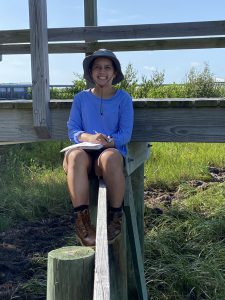 Introduction
Introduction
This summer I had the opportunity to work with artificial oyster reefs and water quality in Cedar Key while interning for Dr. Mark Clark at NCBS. I also had the opportunity to participate in various other projects in and around the area with Dr. Savana Barry, Dr. Fay Belshe, Haley Cox, and Natalie Stephens. I cannot thank them enough (along with everyone at NCBS) for a wonderful summer.
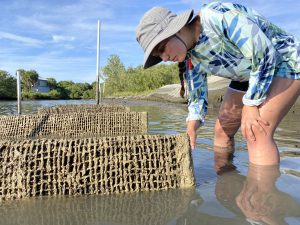 My Internship Experience
My Internship Experience
This summer I had the opportunity to work with artificial oyster reefs and water quality in Cedar Key while interning for Dr. Mark Clark at NCBS. I also had the opportunity to participate in various other projects in the area with Dr. Savanna Barry, Dr. Fay Belshe, Haley Cox, and Natalie Stephens. I cannot thank them enough (along with everyone at NCBS) for a wonderful summer.
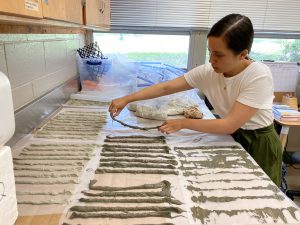
The Experiment
The goal of the main experiment that I worked on with Dr. Clark was to find qualitative data related to how artificial oyster reefs affect water quality. The first step was to construct artificial oyster reef prisms out of natural fiber and concrete to make JRCSA (jute reinforced calcium sulfoaluminate). This was fun but often very messy and a great opportunity to work with our hands.
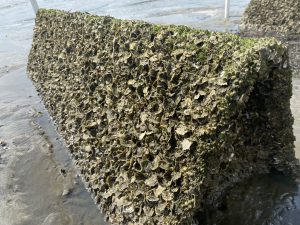
Once we had constructed the prisms, we deployed them off a canal in Cedar Key and waited for the oyster spat to attach and grow on the prisms. After just two months, our prisms were completely encrusted!
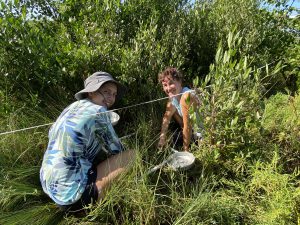
A Day in the Field
Before recording data, a parameter had to be chosen to study water quality. For this experiment, we used a turbidimeter as a sensor to measure the water’s turbidity, or the level of particulate suspended in the water column. Once this was determined, we built enclosures to isolate the water around the prisms out of wooden frames and a plastic tarp. PVC pipes and a battery-operated pump were used to circulate the water, while a port for the turbidimeter to be inserted was built into the top.
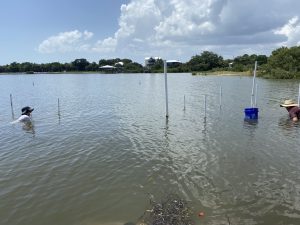
One of us would act as a scribe and copy down the data for the different experimental groups while the others would stay in the water to measure turbidity and make sure the enclosures stayed in place. This was an interesting task because we often had to swim rather than walk through the area to avoid stirring up the silt on the ground. In the end, I found that this procedure was efficient and great for building teamwork within the group.
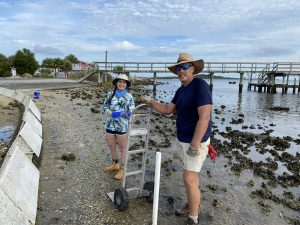 Additional
Additional
I was very fortunate to be given the opportunity to work on additional fieldwork projects with NCBS this summer. One of these opportunities was the annual monitoring of Joe Rains Beach out in Cedar Key. Over the course of a week, we surveyed transects across different ecosystems on the beach for biota and elevation. We also ran fish and soil core sampling. My favorite memory from this week was setting minnow traps out before the sun came up. When you agitated the water, you could see bioluminescence from the different organisms present. Overall, the week was intense and also incredibly rewarding.
 1
1
